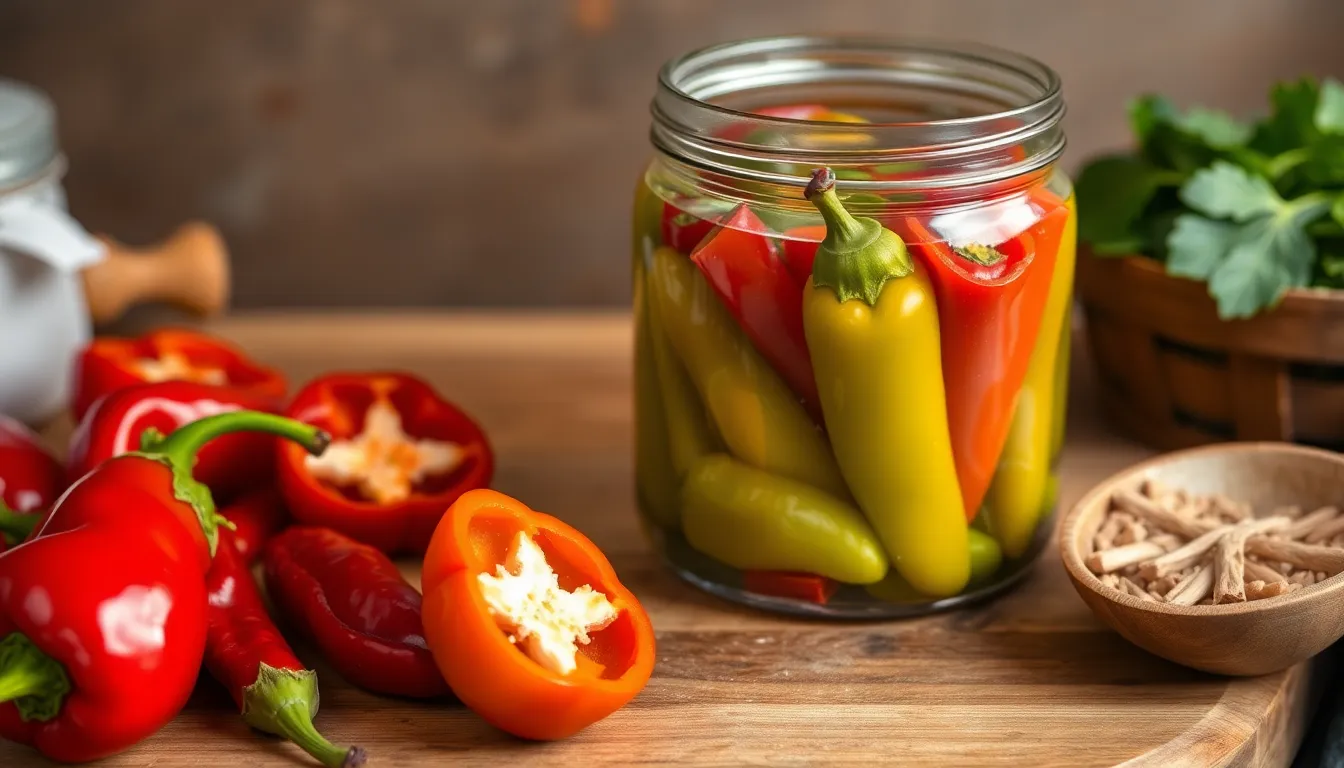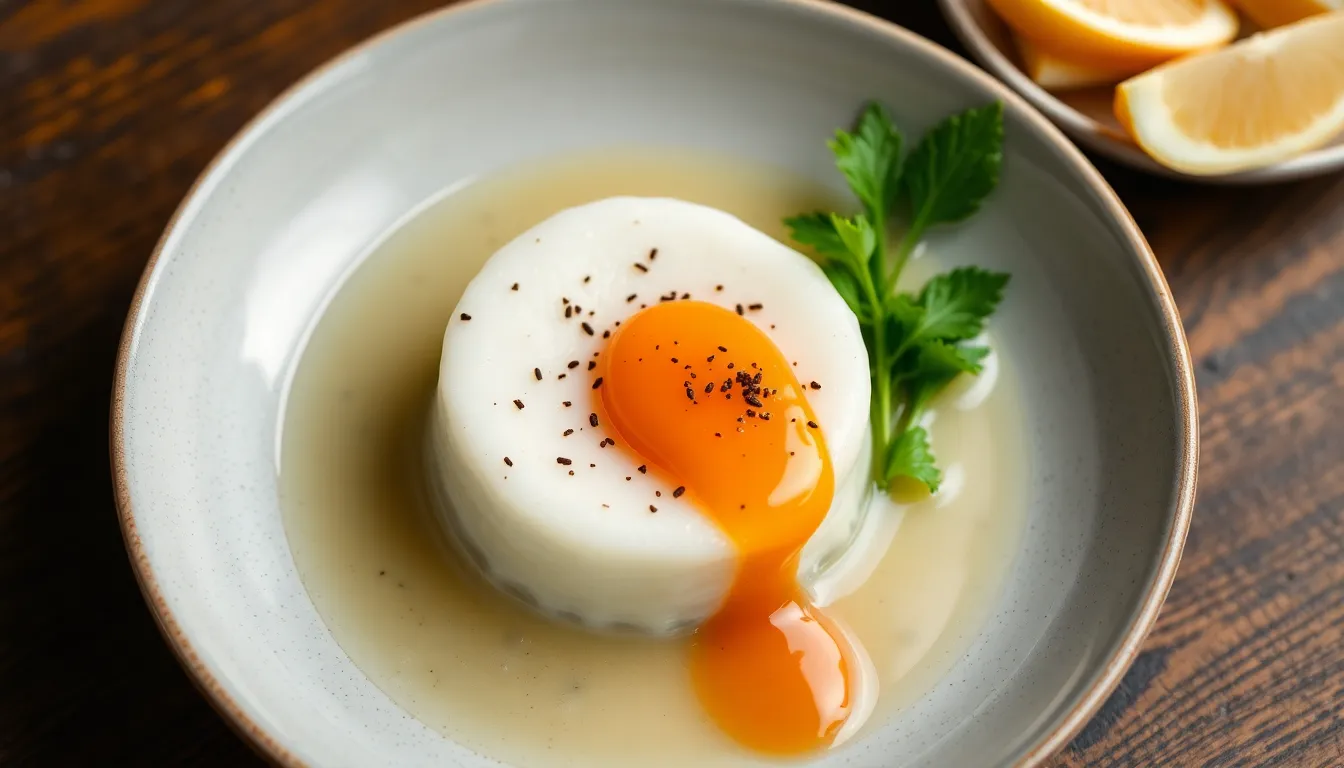Pressure Cooking for Beginners: Your Essential Recipe Guide
Welcome to the world of pressure cooking, a culinary technique that has transformed the way we prepare meals in the modern kitchen. Whether you’re a busy professional, a parent trying to juggle numerous responsibilities, or simply someone who enjoys flavorful home-cooked meals without the extensive time commitment, pressure cooking offers a plethora of benefits. This comprehensive guide aims to introduce beginners to the essentials of pressure cooking, highlighting its advantages and providing you with everything you need to get started.
Section 1: Understanding Pressure Cooking
1.1 What is Pressure Cooking?
Pressure cooking is a method of cooking food using tightly sealed pots that do not allow steam to escape, creating a high-pressure environment. This increased pressure raises the boiling point of water and allows food to cook much faster than traditional methods. The history of pressure cooking can be traced back to the 17th century when French physicist Denis Papin invented the first pressure cooker, known as the steam digester. Since then, pressure cookers have evolved significantly, and today’s models are safer, more efficient, and often equipped with advanced technology.
1.2 How Pressure Cookers Work
The science behind pressure cooking relies on the principles of steam and pressure. When water is heated in a sealed container, it turns to steam, increasing the pressure inside the pot. This higher pressure allows the temperature to exceed the normal boiling point of water, which cooks food more quickly and tenderizes tougher cuts of meat.
There are two main types of pressure cookers:
- Stovetop Pressure Cookers: These are traditional models that require you to monitor the heat manually on the stove. They generally reach higher pressures than electric models and can cook food faster.
- Electric Pressure Cookers: These are more user-friendly, with built-in controls and settings. They are often equipped with features like sautéing, slow cooking, and rice cooking, making them versatile kitchen appliances.
1.3 Safety Tips for Pressure Cooking
Safety should always be a priority when using a pressure cooker. Here are some important safety features to look for and general do’s and don’ts:
- Safety Features:
- Locking lid mechanism
- Pressure release valves
- Manual pressure release options
- Do’s:
- Always read and follow the manufacturer’s instructions.
- Ensure the pressure cooker is properly sealed before cooking.
- Release pressure according to the recipe instructions.
- Don’ts:
- Don’t overfill the pressure cooker.
- Don’t open the lid until the pressure has been fully released.
- Don’t ignore unusual sounds or odors from the cooker.
Section 2: Essential Equipment for Pressure Cooking
2.1 Choosing the Right Pressure Cooker
When selecting a pressure cooker, consider the following factors:
- Size: Choose a capacity that suits your household size. A 6-quart model is often sufficient for families, while 8-quart is ideal for larger portions.
- Material: Stainless steel models are durable and provide even heating, while aluminum cookers are lighter but may not last as long.
- Features: Look for models with multiple pressure settings, preset cooking functions, and safety features.
For beginners, electric pressure cookers like the Instant Pot or Cosori are highly recommended due to their ease of use and versatility.
2.2 Must-Have Accessories
Enhance your pressure cooking experience with the following essential accessories:
- Steamer basket
- Trivet for elevating food
- Silicone spatula for stirring
- Heat-resistant gloves
Optional tools include:
- Pressure cooking cookbooks for inspiration
- Silicone molds for desserts
- Jar lifter for canning
Section 3: Beginner-Friendly Pressure Cooking Techniques
3.1 Cooking Basics
Before you dive into your first pressure cooking experience, it’s important to prepare your ingredients properly. Start by:
- Chopping vegetables into uniform sizes for even cooking.
- Marinating meats ahead of time to enhance flavor.
- Measuring liquids accurately; typically, you’ll need at least 1 cup of liquid to generate steam.
Understanding steam is crucial, as it creates the pressure needed for cooking. If there isn’t enough liquid, your pressure cooker may not function properly or could even burn food.
3.2 Cooking Times for Common Foods
Cooking times can vary based on the type and size of the food you’re preparing. Here’s a quick reference table for common ingredients:
| Food Item | Cooking Time (Minutes) |
|---|---|
| Vegetables (e.g., carrots, potatoes) | 4-8 |
| Chicken (whole or pieces) | 10-15 |
| Rice | 3-5 |
| Beans (soaked) | 10-15 |
| Beef (stew meat) | 20-30 |
| Fish | 3-5 |
Section 4: Essential Pressure Cooker Recipes for Beginners
4.1 One-Pot Meals
Recipe 1: Pressure Cooker Beef Stew
This hearty beef stew is a classic pressure cooker recipe that showcases the appliance’s ability to tenderize tough cuts of meat in record time.
Ingredients:
- 2 lbs beef chuck, cut into 1-inch cubes
- 4 cups beef broth
- 4 carrots, chopped
- 3 potatoes, diced
- 1 onion, diced
- 3 cloves garlic, minced
- 2 tsp thyme
- Salt and pepper to taste
Instructions:
- Turn on the pressure cooker and select the sauté function. Add a tablespoon of oil and brown the beef cubes.
- Add the onions and garlic, sautéing until fragrant.
- Pour in the beef broth, then add the carrots, potatoes, thyme, salt, and pepper.
- Seal the lid and cook on high pressure for 35 minutes.
- Allow the pressure to release naturally for 10 minutes before manually releasing any remaining pressure.
- Serve hot and enjoy!
Recipe 2: Chicken and Rice
This one-pot meal is an excellent choice for busy weeknights, combining protein and carbs in a single dish.
Ingredients:
- 1 lb chicken thighs, boneless and skinless
- 1 cup long-grain rice
- 2 cups chicken broth
- 1 onion, chopped
- 1 bell pepper, diced
- 2 tsp paprika
- Salt and pepper to taste
Instructions:
- Set the pressure cooker to sauté mode. Add a little oil and sauté the onions and bell pepper until soft.
- Add the chicken thighs and season with paprika, salt, and pepper.
- Add the rice and chicken broth, stirring to combine.
- Seal the lid and cook on high pressure for 10 minutes.
- Allow for natural pressure release for 5 minutes, then manually release the rest.
- Fluff with a fork and serve.
4.2 Vegetables and Sides
Recipe 3: Steamed Broccoli with Garlic
This simple side dish is packed with nutrients and can be prepared in just minutes.
Ingredients:
- 1 lb fresh broccoli florets
- 2 tbsp olive oil
- 3 cloves garlic, minced
- Salt and pepper to taste
Instructions:
- Add 1 cup of water to the pressure cooker and place the steamer basket inside.
- Add the broccoli florets to the basket and sprinkle with salt.
- Seal the lid and cook on high pressure for 2 minutes.
- Quick-release the pressure and drizzle with olive oil and garlic before serving.
Recipe 4: Mashed Potatoes
Rich and creamy mashed potatoes are a perfect complement to any main dish.
Ingredients:
- 2 lbs potatoes, peeled and cubed
- 1/2 cup milk
- 4 tbsp butter
- Salt and pepper to taste
Instructions:
- Add 1 cup of water to the pressure cooker and insert the steamer basket with the potatoes.
- Seal the lid and cook on high pressure for 8 minutes.
- Quick-release the pressure and transfer the potatoes to a mixing bowl.
- Add milk, butter, salt, and pepper, and mash until smooth.
Conclusion
Pressure cooking is not just a time-saving method; it’s a way to enhance the flavors of your favorite dishes while retaining essential nutrients. By following the guidelines in this article, beginners can confidently step into the world of pressure cooking. With the right equipment, techniques, and recipes, you will be well on your way to preparing delicious meals that your family and friends will love. Happy cooking!




